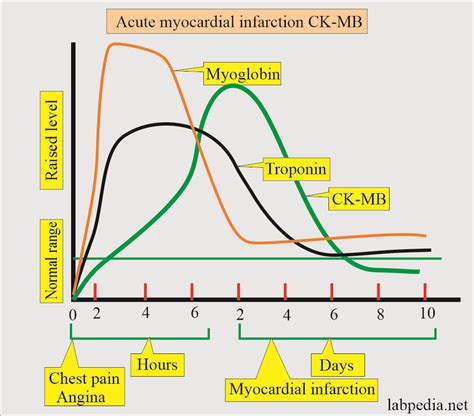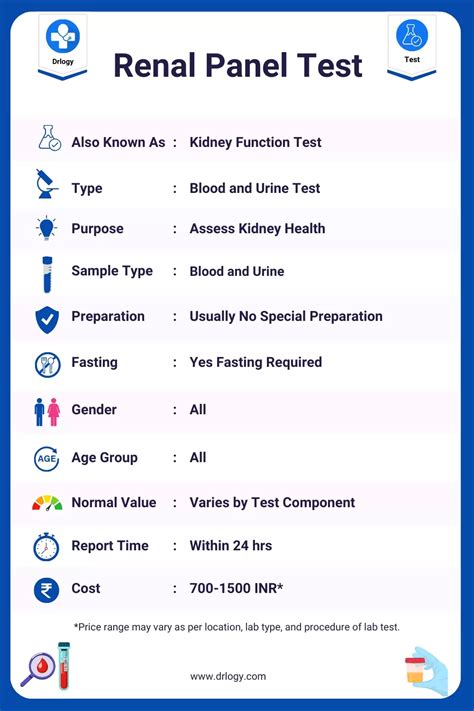Muscle damage, whether from intense exercise, injury, or disease, can lead to the release of various enzymes and proteins into the bloodstream. One such enzyme, creatine kinase (CK), plays a crucial role in diagnosing and assessing the extent of muscle damage. CK is an intracellular enzyme found in muscle cells, including skeletal muscle and myocardial tissue. Under normal circumstances, CK levels in the blood are relatively low. However, when muscle cells are damaged, they leak CK into the bloodstream, leading to elevated CK levels.
The Role of CK in Muscle Cells
CK is an enzyme that catalyzes the conversion of creatine and ATP (adenosine triphosphate) to phosphocreatine and ADP (adenosine diphosphate). Phosphocreatine serves as a rapid source of energy for muscle contractions. In muscle cells, CK is particularly abundant, reflecting its importance in muscle energy metabolism.
CK Isoenzymes
There are three main types of CK isoenzymes, each composed of two subunits (M and B), which are combined in different ways: - CK-MM (or CK-3): Found primarily in skeletal muscle. - CK-MB (or CK-2): Mainly located in myocardial tissue (heart muscle). - CK-BB (or CK-1): Predominantly found in the brain and smooth muscle.
Each isoenzyme has a different tissue distribution and is released into the blood in varying amounts depending on the type of muscle damage. For instance, myocardial infarction (heart attack) predominantly elevates CK-MB levels, while skeletal muscle injury leads to increased CK-MM levels.
Diagnosis of Muscle Damage
The diagnosis of muscle damage using CK blood tests involves measuring the levels of CK in the blood and, in some cases, identifying which isoenzyme is elevated. Here’s how it works: - CK Levels: An elevated CK level in the blood indicates muscle damage. The degree of elevation can correlate with the extent of muscle injury. - CK Isoenzymes: By distinguishing between the different CK isoenzymes, healthcare providers can sometimes determine the source of muscle damage. For example, a significant elevation in CK-MB suggests heart muscle damage, while an increase in CK-MM points towards skeletal muscle injury. - Serial Measurements: Taking multiple CK measurements over time can help assess the progression of muscle damage and the effectiveness of treatment. CK levels typically peak within 24 to 48 hours after muscle injury and then gradually decrease as the muscle heals.
Clinical Applications
CK blood tests are clinically useful in various scenarios: - Myocardial Infarction: CK-MB isoenzyme elevations are used, alongside other markers like troponin, to diagnose heart attacks. - Skeletal Muscle Injury: Elevated CK-MM levels can help diagnose and monitor muscle damage from trauma, excessive exercise, or diseases like muscular dystrophy. - Muscle Diseases: CK levels are often elevated in chronic muscle diseases, such as muscular dystrophies, and can be used to monitor disease progression and response to treatment.
Limitations and Considerations
While CK blood tests are valuable for diagnosing muscle damage, they have limitations: - Sensitivity and Specificity: CK is not entirely specific to muscle damage, as elevations can also be seen in other conditions, such as brain injury or certain cancers. - Isoenzyme Distribution: The distribution of CK isoenzymes can vary among individuals, which might affect the interpretation of results. - Other Biomarkers: The diagnosis of muscle damage, especially myocardial infarction, often relies on a combination of biomarkers, including troponin, which is more specific for cardiac damage than CK-MB.
In conclusion, CK blood tests provide a useful tool for diagnosing and assessing muscle damage by measuring the levels of CK and its isoenzymes in the blood. Understanding the role of CK in muscle cells, the different CK isoenzymes, and how they are used in clinical practice can help in the accurate diagnosis and management of conditions involving muscle injury.
What is the primary role of creatine kinase (CK) in muscle cells?
+CK catalyzes the conversion of creatine and ATP to phosphocreatine and ADP, providing a rapid source of energy for muscle contractions.
How are CK isoenzymes used in diagnosing muscle damage?
+CK isoenzymes, such as CK-MB and CK-MM, are specific to different types of muscle tissue. By measuring the levels of these isoenzymes in the blood, healthcare providers can determine the source and extent of muscle damage.
What are the limitations of using CK blood tests for diagnosing muscle damage?
+CK blood tests lack specificity, as CK elevations can be seen in conditions other than muscle damage. Additionally, the distribution of CK isoenzymes can vary among individuals, affecting the interpretation of results.
Step-by-Step Guide to Interpreting CK Blood Test Results

- Understand the Context: Consider the clinical context in which the CK blood test was performed, including the patient’s symptoms, medical history, and physical examination findings.
- Interpret CK Levels: Elevated CK levels indicate muscle damage. The degree of elevation can provide insight into the extent of the damage.
- Analyze CK Isoenzymes: Distinguishing between CK isoenzymes (CK-MM, CK-MB, CK-BB) can help identify the source of muscle damage.
- Consider Other Biomarkers: In cases of suspected myocardial infarction, troponin levels should also be evaluated, as troponin is more specific for cardiac damage.
- Monitor Serial Measurements: Taking multiple CK measurements over time can assess the progression of muscle damage and the effectiveness of treatment.


